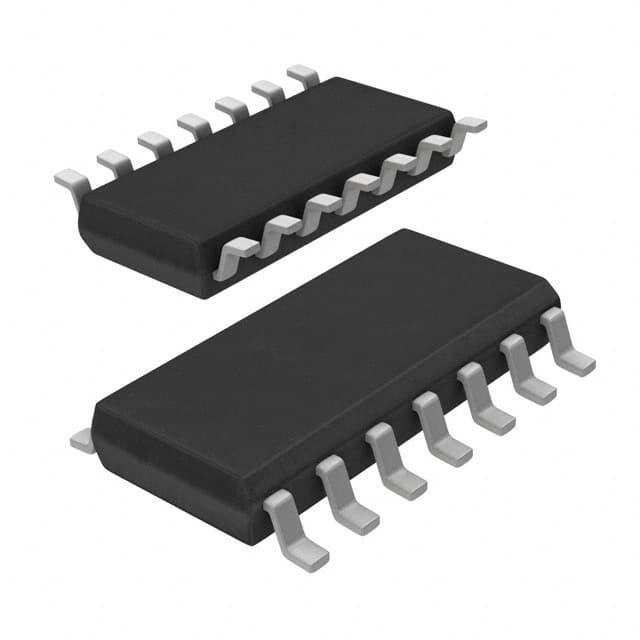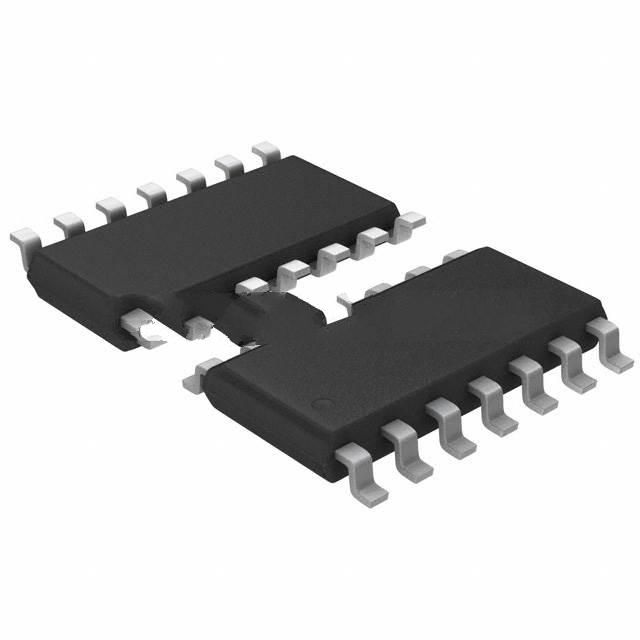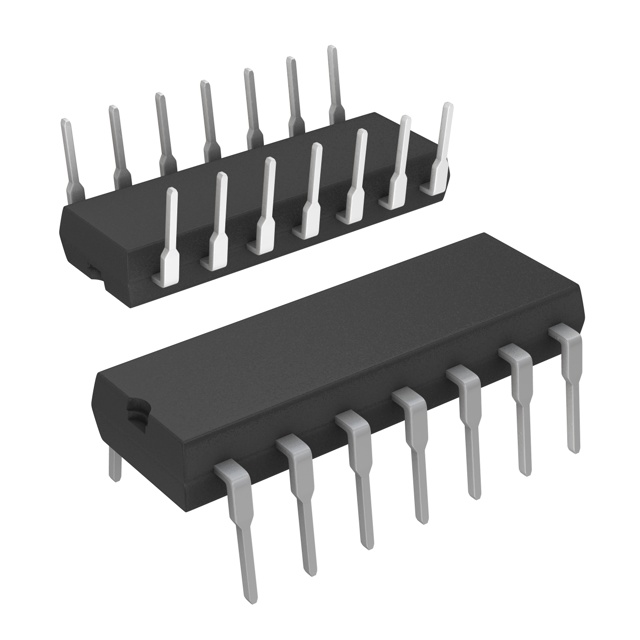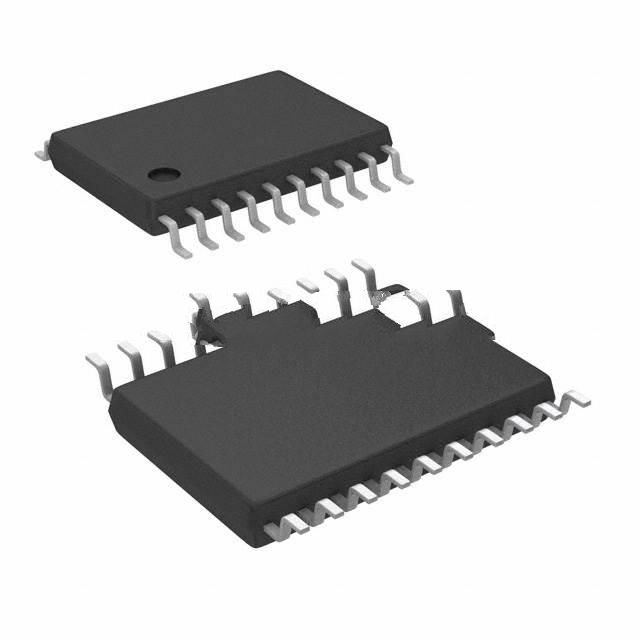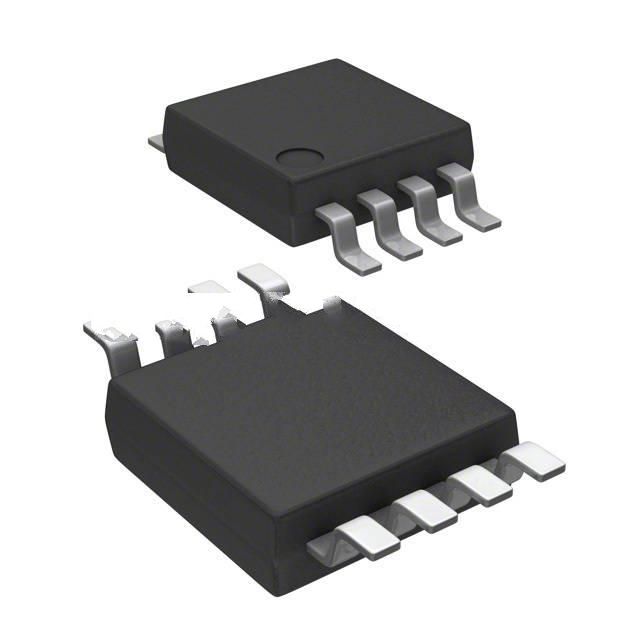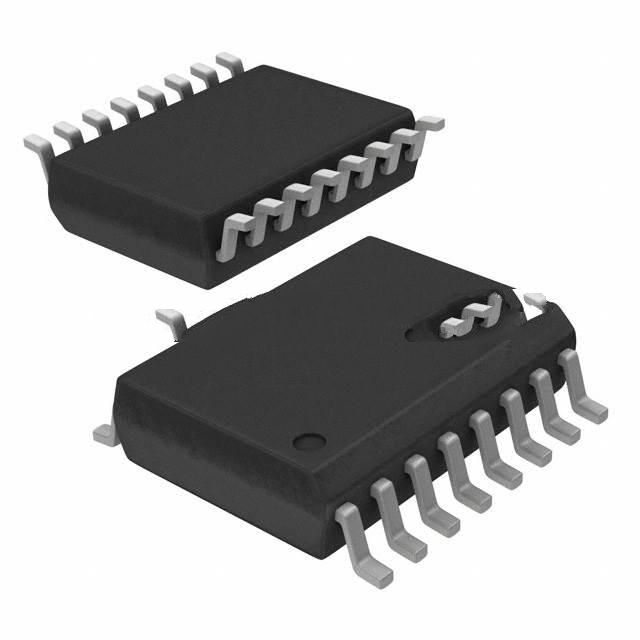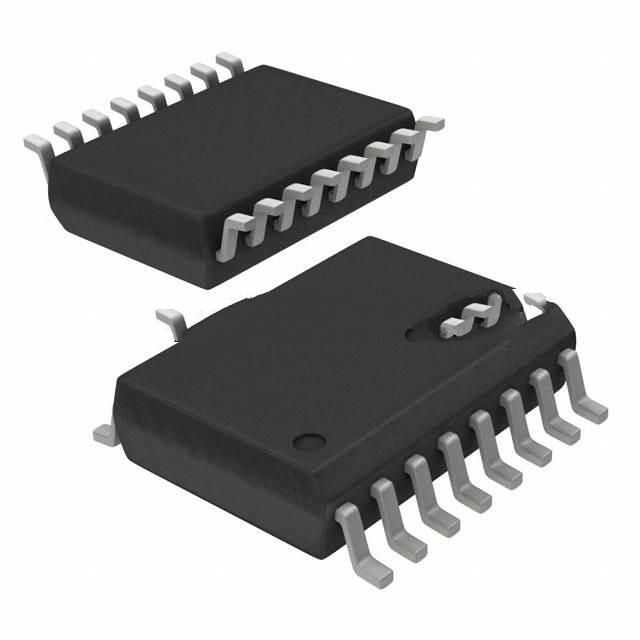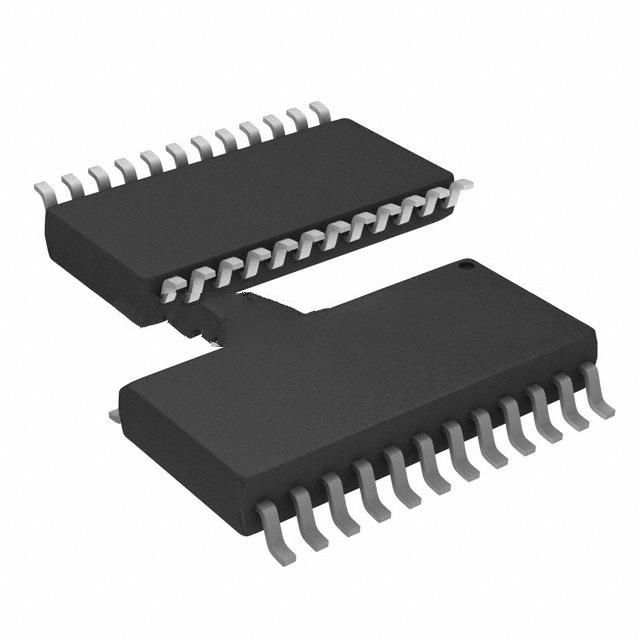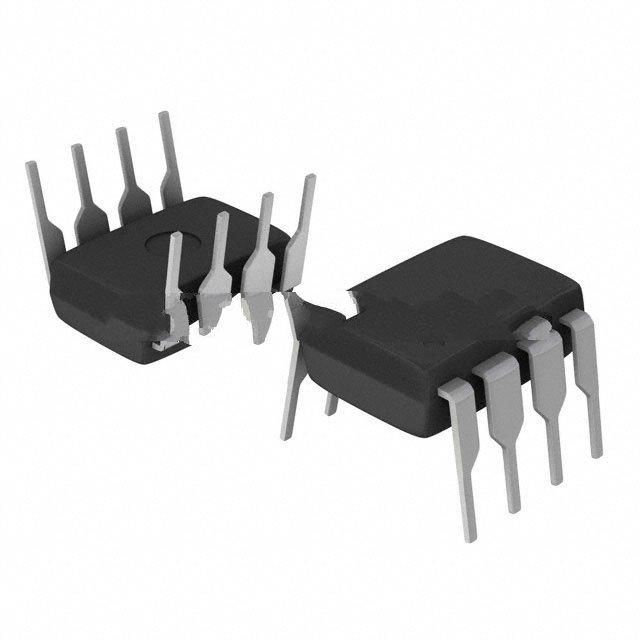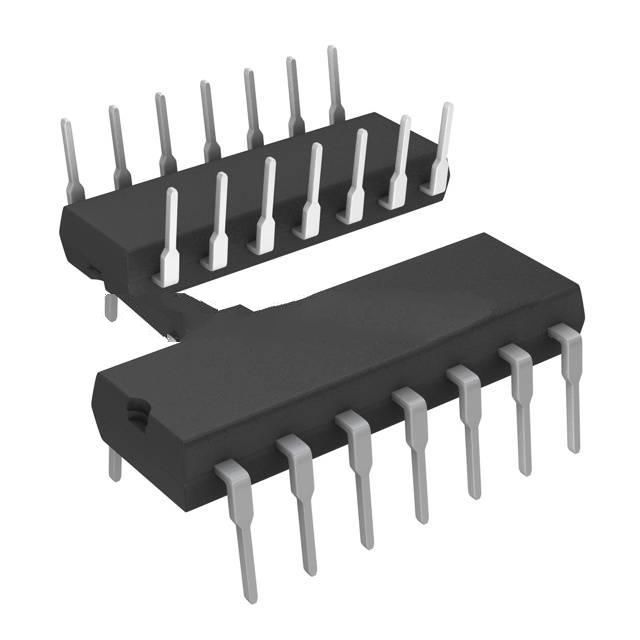MC1488PG Product Introduction:
ON Semiconductor Part Number MC1488PG(Interface - Drivers, Receivers, Transceivers), developed and manufactured by ON Semiconductor, distributed globally by Jinftry. We distribute various electronic components from world-renowned brands and provide one-stop services, making us a trusted global electronic component distributor.
MC1488PG is one of the part numbers distributed by Jinftry, and you can learn about its specifications/configurations, package/case, Datasheet, and other information here. Electronic components are affected by supply and demand, and prices fluctuate frequently. If you have a demand, please do not hesitate to send us an RFQ or email us immediately sales@jinftry.com Please inquire about the real-time unit price, Data Code, Lead time, payment terms, and any other information you would like to know. We will do our best to provide you with a quotation and reply as soon as possible.
Introducing the onsemi MC1488PG, a versatile and high-performance quad line driver designed to meet the demands of modern communication systems. With its exceptional features and wide range of application fields, this product is set to revolutionize the industry.
The MC1488PG boasts four independent drivers, each capable of converting standard TTL or CMOS logic levels into RS-232 compatible signals. This allows for seamless integration with a variety of devices, including computers, modems, and industrial control systems. The drivers are capable of delivering high-speed data transmission rates of up to 120 kbps, ensuring reliable and efficient communication.
One of the standout features of the MC1488PG is its robust design, which includes built-in protection against electrostatic discharge (ESD) and power supply transients. This ensures the longevity and reliability of the product, even in harsh operating conditions. Additionally, the device operates over a wide temperature range, making it suitable for use in both industrial and commercial applications.
The MC1488PG finds its application in a multitude of fields, including telecommunications, automation, and data acquisition systems. Its ability to convert logic levels and provide reliable communication makes it an ideal choice for transmitting data over long distances. Whether you are designing a complex control system or developing a high-speed data communication network, the MC1488PG is the perfect solution.
In conclusion, the onsemi MC1488PG is a versatile and high-performance quad line driver that offers exceptional features and wide application fields. Its robust design, high-speed data transmission capabilities, and compatibility with various devices make it an indispensable component in modern communication systems.
Interface - Drivers, Receivers, Transceivers are all important components in integrated circuits (ics) to achieve signal transmission. The driver interface is responsible for converting internal logic signals into signals suitable for long-distance transmission or driving external loads, ensuring signal integrity and stability. It usually includes signal amplification, level switching, and necessary protection circuits to match the electrical requirements of different systems. The receiver interface, by contrast, receives an external signal, converts it to an internal logic level, and performs noise suppression and signal integrity checks to ensure that data is transmitted accurately to the internal circuit. The transceiver interface is a combination of driver and receiver, which can realize the transmission and reception of signals on the same device. It usually includes transmitting and receiving subsystems, transmitting part is responsible for signal generation, modulation and amplification, receiving part is responsible for signal reception, demodulation and processing.
Application
Interface - Drivers, Receivers, Transceivers are widely used in various high-speed communication and signal processing occasions. In network devices such as data centers, servers, and switches, they are key components to implement high-speed interface protocols such as high-speed Ethernet and Fibre Channel. In the field of consumer electronics, such as smartphones, tablets, HDTVS, etc., these interfaces support HDMI, USB, DisplayPort and other high-definition audio and video transmission standards, providing excellent audio and video experience. In addition, in industrial automation, automotive electronics, aerospace and other fields, these interfaces also play an important role in enabling reliable communication and precise control between devices. With the rapid development of the Internet of Things (IoT) and 5G communication technology, the application field of driver interface, receiver interface and transceiver interface will be further expanded, providing powerful communication support for more intelligent and interconnected devices and systems.
FAQ about Interface - Drivers, Receivers, Transceivers
-
1. What is an IC driver?
An IC driver is an integrated circuit that is mainly used to control and drive various devices, such as LCDs, motors, etc. It integrates the circuits that drive and control these devices, making the entire circuit design more concise and reducing the risk of overcurrent and overheating.
The role of the IC driver is to convert the signal from the host or controller into the signal required by the peripheral or sensor so that it can work properly. Depending on the function, the driver chip can be divided into many types, such as motor driver IC, LCD driver IC, etc.
-
2. What is a sensor interface IC?
A sensor interface IC is an integrated circuit used to connect sensors and system processors to realize data conversion and transmission. It is mainly responsible for converting analog signals collected by sensors into digital signals, or performing signal conditioning, amplification, filtering and other processing so that the system can recognize and process them.
The main functions of the sensor interface IC include signal conversion, signal conditioning and data transmission. It can amplify and filter the weak signal output by the sensor to improve the quality and stability of the signal, and then convert the processed signal into a digital signal for the system to process. In addition, the interface IC can also realize multiplexing to improve the efficiency and flexibility of the system.
-
3. What are SFP transceivers used for?
SFP transceivers are mainly used for optical communication applications in telecommunications and data communications, especially for connecting motherboards and optical fibers or UTP cables for network devices such as switches and routers. SFP transceivers achieve high-speed data transmission by converting gigabit electrical signals into optical signals. Their maximum data transmission rate can reach 4.25 Gbps. They are mainly used in communication fields such as Gigabit Ethernet, Gigabit Optical Channel, switch interface, switching backplane, etc.
SFP transceivers have many types, which can be divided into the following categories according to the cable type, transmission range, transmission rate and application scenario:
Cable type: SFP modules can work on optical fiber and copper wire, and are divided into single-mode SFP used with single-mode optical fiber and multi-mode SFP used with multi-mode optical fiber.
Transmission range: Multi-mode SFP is suitable for shorter distance transmission, up to 550 meters, while single-mode SFP is suitable for long-distance transmission, up to 200 kilometers.
Transmission rate: From Fast Ethernet to Gigabit Ethernet, to 10Gb, 25Gb and 100Gb Ethernet, SFP modules are constantly upgraded to meet higher bandwidth requirements.
Application: SFP modules are widely used in scenarios such as high-definition audio/video transmission, passive optical network (PON), multiplexing and simplex networks.
 Lead free / RoHS Compliant
Lead free / RoHS Compliant












